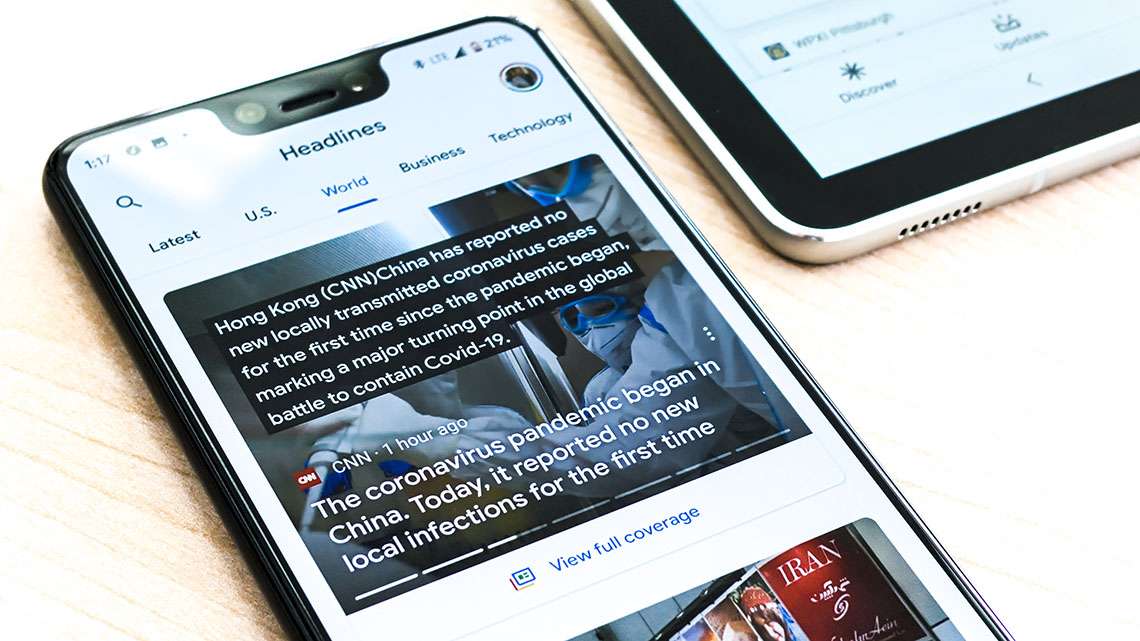It’s been a strange year for business and, with no signs of the new normal letting up any time soon, we need to consider how processes that have always been office-centric can adapt and thrive to the working-from-home future. Senior Account Manager Emily Hutson reflects on her experience of creative collaboration and what can be done to maintain momentum and output virtually.
Ask any creative and they will tell you that turning the spark of an idea into a fully realised campaign can only be achieved through collaboration. Often it starts with a line or a visual concept from an individual, but it really does take a village to incubate this into something that can be presented to the client and, ultimately, go to market.
In the new world order we have had to adapt to the benefits and challenges presented to us by remote working and the plethora of communication tools available but, no matter how many faces you can see on a screen, there’s no substitute for hunkering down around a table with the project team and bouncing ideas off one another.
So in the absence of walls covered in giant Post-it notes, piles of scamps, and the general back and forth on ideas that comes with the office environment, how do we foster creativity in the cold vacuum of cyberspace?
1. Always bring the energy
It can be easy to slip when sitting on the tenth Zoom call of the day but enthusiasm is contagious. Think about how you’d approach a kick-off meeting in the office and translate that into a medium that works online.
- Use the screen sharing functionality offered by your video platform to show examples of the look and feel your next project or campaign needs to embody. Include YouTube videos, social feeds and web tours to try to avoid death by PowerPoint.
- Fire up that competitive nature in the team with a showcase of the most recent offerings from the client’s closest rivals – set the bar and watch them smash it.
- Get hands-on with virtual whiteboards. There are loads of free options that allow drawing, comments and the input of audio and visual files, all while on a video call.
- Ask for input. Don’t talk at each other: engineer situations that encourage input and collaboration. Give your team ‘starter for 10’ exercises that focus the mind on the task at hand; create quick straw polls that look at the assumptions around the product, brand or sector the campaign is for; and designate time to break out into groups to brainstorm before feeding back as a whole.
2. Trust your team
One of the biggest fears faced by companies during lockdown was a lack of accountability from colleagues, a sense of ‘if the cat’s away the mice will play’. Anyone who’s worked with creative minds can vouch that they’re not beholden to the same rules when it comes to punching the clock, because creativity doesn’t run to a schedule. Your big idea could come at 10am during the project WIPs call or 10pm while in the shower wondering if you’ve put the right bin out.
Trust is key to remote working and creative synergy. Keep your team focused, informed and aware of what’s required and by when, but give them freedom to sit with ideas. It’s often when people are left to their own devices that they’ll actively reach out, collaborate and seek input from the wider team, at a time and in a way that will springboard the next stage of the creative process.
3. Use your space
Inspiration is all around. Look left, look right: there’s a world beyond the screen you’re peering into at this very moment. ‘Working from home’ is a physical state, not a directive. Give yourself room to be creative. To think disruptively, we need to be disrupted.
At Mobas we’ve seen the benefit of breakout spaces in our offices, and many colleagues transferred this to their ‘WFH’ lives. We’ve had some cracking new business pitches solidified in a shed, with spare bedrooms, cellars, garages and gardens forming the backdrop to brainstorms.
Find a space that makes you feel calm and in control, where you can come and go as you please knowing you can pick up where you left off. For some people this may be a side table with a notebook: for others this will be a room that looks like you’re about to solve a cold case on Luther. Take what works best for you in the office and apply it at home, experimenting to find a space that’s conducive to your creativity.
4. Bring your client on the journey
The old saying goes ‘people buy people’, so don’t let the inability to get in front of a client stop you from showcasing your work to its full. It’s easy to become complacent when the face-to-face element of presenting a creative idea is removed: now’s not the time to succumb to the lowered standards of the video call medium but to rise to the challenge of it.
Get inventive with your delivery, and use all the elements of the creative process that you have transferred into your at-home process to elevate what the client sees. Scrap the slides with the latest research to support your market positioning in favour of self-filmed vox-pops from your target audience. Present them with an animated scamp over a flat storyboard.
Be the call that brightens their day by breaking the mould. Don’t talk about being creative, show it.
